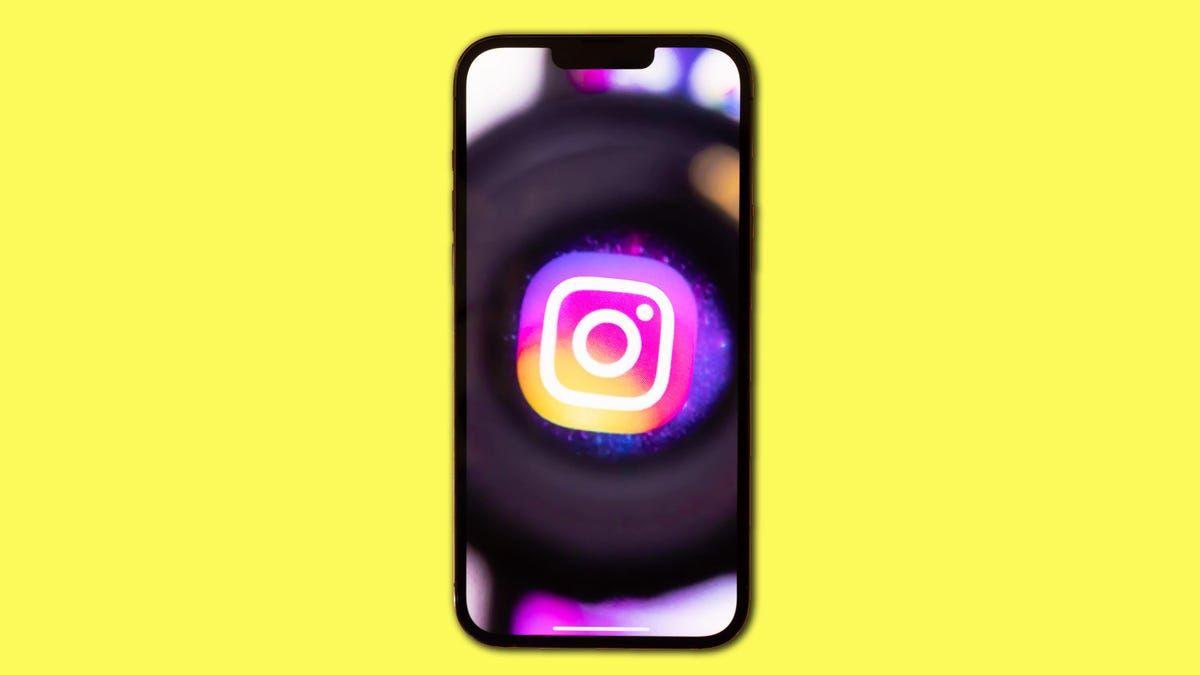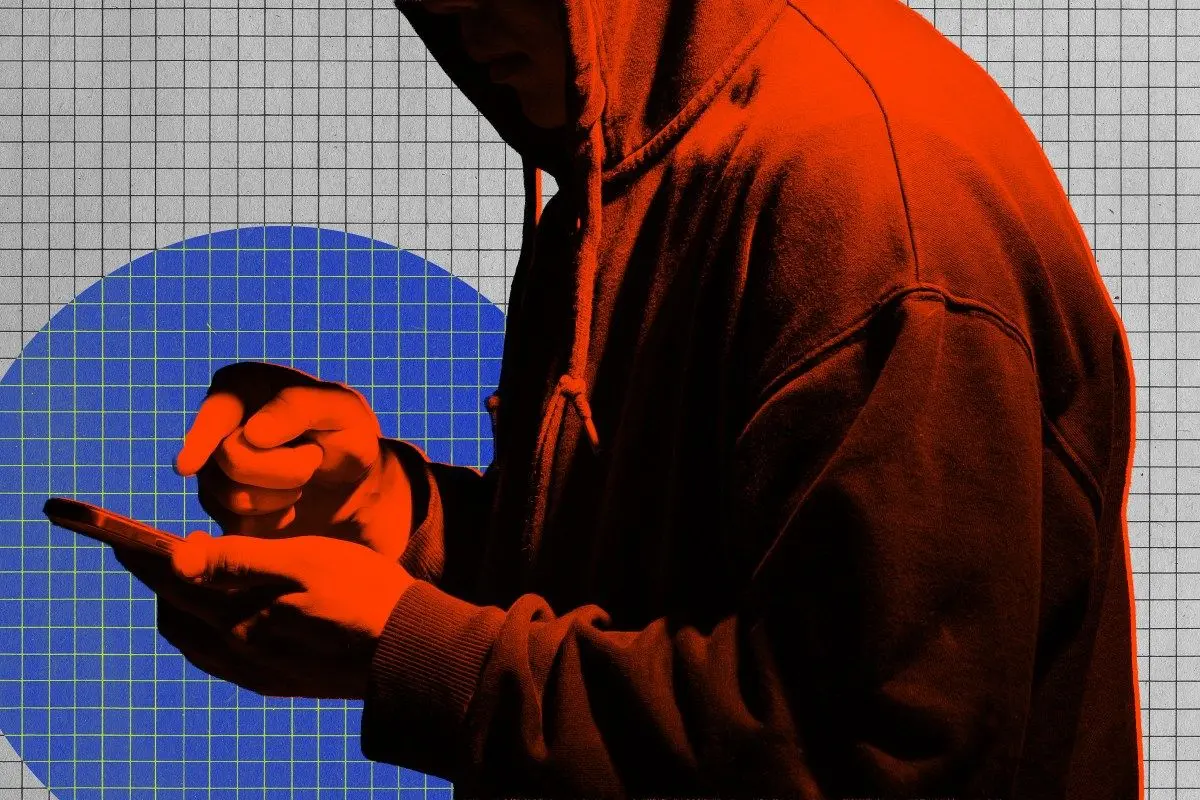Adobe Pushes AI Integration in Creative Cloud, Urging Artists to Embrace New Technology
4 Sources
4 Sources
[1]
Adobe Says Creators 'Need to Embrace' AI -- It's Now Built Into Photoshop and Can't Be Turned Off
Adobe has new AI updates for its creative cloud subscribers -- whether they like AI or not. Adobe announced last week that Photoshop, Premiere Pro, and other popular programs would get AI enhancements. A Friday report from The Verge shows that Adobe doesn't plan to offer alternative versions of products without AI for artists who oppose the technology. Related: I Tried the 'Anti-AI App' That Suddenly Drew Half a Million Artists Away From Instagram "Our goal is to make our customers successful, and we think that in order for them to be successful, they need to embrace the tech," Adobe's vice president of generative AI Alexandru Costin told the publication. Adobe's pro-AI stance is at odds with some of its user base, who were outraged earlier this year when Adobe changed its terms of use. The language of the terms left the door open for Adobe to train its AI on user images. Adobe has since updated its terms of service to clarify that it will not use local or cloud content to train generative AI, but anti-AI sentiment remains strong among creatives. In June, an anti-AI app named Cara gained over half a million users in a week for its focus on human-created art. The app, which looks similar to Instagram, bans users from posting AI-generated images. It also automatically protects art against AI training by adding a "NoAI" label to all images that users upload. Related: Using AI to Promote Your Business? New TikTok Labels Will Let Everyone Know One of Adobe's AI additions to Photoshop is a gesture called generative fill. Users can select part of an image, type in what they want to see, and generate content to layer on top of what they have. For example, they could add a raindrop to a leaf. Adobe also introduced AI video tools for its video editing program Premiere, so users can prolong videos with generative extend and add, replace, or remove moving objects. Photoshop and Premiere Pro are part of Adobe's Creative Cloud, a subscription service with over 33 million members.
[2]
'If you don't use AI you can't compete', Adobe VP tells me
At Adobe MAX 2024 I had the chance to sit down with Adobe's Vice President of Generative AI, Alexandru Costin who set out the company's approach to AI and how it's been influenced by a track record of introducing disruptive technology. The headline is clear, use AI or fall behind. He told me at a briefing from MAX 2024, "we're embracing the technology, we're putting it in our tools, and we're asking you and hoping you use it, because you can be very successful in this new world [if you] use the tech. If you don't use the tech, you won't compete with other creatives that use the tech." Here's the thing, here Alexandru was referring to Adobe's historic tech as much as new AI tools, demonstrating how Adobe has always introduced new, disruptive technology into its software. He lists bringing PDF and vector formats to market, developing digital photography and photo editing tools as well Macromedia Flash for creating internet animation, and for Alexandru bringing AI tools to Adobe products is no different, it's the "same playbook," he said. He told me he hears the same questions now as he did back then, with creatives asking, "Are you leaving me behind?" and, "How is it going to move my world?" His answer then, and now with AI, is the same: "We're embracing the technology, we're putting it in our tools, and we're asking you, and hoping you, use it, because you can be very successful in this new world with using the tech". Alexandru explained how there are more designers now than in all of human history, and the need for more content is greater than any time he has seen. Against this background, creatives need as many tools to help them as possible. And for Alexandru and Adobe, AI is just another new technology they see to help designers compete, improve and grow, just as they did in years on by "The ones that wanted to change and embrace the new technology, they succeeded in this new world," he reflected on those who adopted previous Adobe tools. He told me: "So this is the same playbook we're applying with Gen AI. We're putting it at their disposal in our tools. We want them to be successful. We really wake up every day thinking how to make creative community successful, and we hope they use it, and if they don't want to use it for various reasons, we think it's going to be hard for them to compete with other creative professionals that do use it." We're currently living with the disruption AI is causing, and the future for creatives can seem bleak if you're one of those artists who doesn't like the technology. But Alexandru is optimistic for how AI and art can coexist in the future, and how Adobe's vision is about enabling artists and creatives to control AI and its outputs, and not be controlled by it. He points to Adobe's new tools like Project Concept, an AI-first infinite canvas that enables creatives to remix AI generated art and define the outcome. Likewise some of the Adobe Sneaks I saw at MAX 2024 were focused on control, such as Project Scenic that enables the creation of a 3D scene to adjust and place cameras, to then render a 2D illustration, giving designers more control over the final composition. Or Project Turnable that enables any 2D illustration to be spun 360 degrees as if it were a 3D model, perfect for creating new compositions. "We are really working hard to create the best control mechanism in the industry," says Alexandru, adding: "Our customers want to tell a story. They know exactly what's in their head, and they want perfect control to tell the story they want. So we're investing in control." Looking ahead, Alexandru explains how the future of AI in art, for Adobe, is to make all artists "mini creative directors" that can use generative AI to explore ideas but not have it dictate the outcome. "We think that the role of the creative will become orchestrators and storytellers," he says, suggesting a better world, once the 'prompt era' is over.
[3]
Adobe execs say artists need to embrace AI or get left behind
Adobe is in a difficult position -- while many of its customers, particularly businesses and large creative teams, are hungry for AI features that can increase productivity, many artists openly detest the technology and fear how it will impact their livelihoods. Given the demand already exists, however, Adobe would be risking its dominant position in the creative software market if it ignored what many customers are asking for. If Adobe doesn't develop these tools, other companies will, and they may not make the effort to do so in a way that respects artists' work.
[4]
Adobe Democratises 'GenAI for Everyone'
At the Adobe Max conference in Miami Beach, the company unveiled its brand new Adobe Cloud and over 100 new features across all its applications, including Adobe Photoshop, Illustrator, InDesign, and Premier Pro. These updates integrate Adobe's latest GenAI model Firefly, giving creators more power and control over these software and designs. "I think, at Adobe, we're trying to remind people that it's a tool, so let it do the things that you don't want to spend time on, like replacing heads for actors in their family portraits," a designer at the conference said. Adobe's features Generative Remove and Generative Shape Fill, launched earlier this year, helped speed up workflows and gave users more control in Creative Cloud. These updates make the design process more intuitive, enabling creators to streamline the editing process by bringing their visions to life. The new features make GenAI tools available to all users, enabling even creators with non-technical backgrounds to integrate AI into their workflows. During the launch, one of Adobe's designers highlighted how features like Vector Fill and Vector Expand will be particularly useful for graphic designers or illustrators for making logos or icons. Adobe's Firefly Video model allows creators to generate videos using simple text and image prompts. As proposed on Adobe's official blog, users will be able to fill gaps, automate transitions and add dynamic visuals. The tool, integrated within Adobe Premier Pro and After Effects, will speed up the process without sacrificing creativity. Notably, as presented in the Adobe Max conference, users "need to own rights to images they use as a reference for GenAI." Generative Extend will help extend clips to cover gaps in video and audio footage. It can create custom audio fades and crossfade multiple clips. It identifies and labels audio clips based on categories and also adjusts the intensity of sound using the Loudness Matching feature. The Beta version of Adobe Photoshop introduces two major improvisations. First comes a Generative Workspace for all, focusing on simultaneous brainstorming and image generation through text and reference images. The feature also claims to be able to input and generate new sets of images while the previous ones are still in process. The second, newest addition is Adobe Substance 3D Viewer (Beta). It lets graphic designers view and edit 3D objects through Photoshop. The Remove tool updates itself into a Distraction Removal tool. It can automatically detect and remove unnecessary elements like electric wires and background people from photographs and generate custom backgrounds as needed. The existing Generative Fill and Generative Expand are now being powered by the latest Adobe Firefly image model to give a more realistic experience. The Generate Similar feature allows users to create new variations of an existing image. Designers elaborated in the conference, "Do whatever your heart desires, just type anything in and hit the button." In Illustrator, the new Objects on Path feature lets designers attach and move elements along any path. The Enhanced Image Trace function simplifies the conversion of hand-drawn images into editable vectors, creating refined designs with fewer anchor points. Additionally, the Mockup feature enables artists to apply their artwork to real-life objects with automatic adjustments for curves and edges. Meanwhile, InDesign introduces powerful GenAI capabilities like Generative Expand and Text-to-image, enabling intuitive image editing within layouts. For those working on scientific publications, the new MathML support ensures equations are visually appealing and accessible. As Adobe puts it, these tools "simplify common actions, and enhance collaboration -- which all save you valuable time." Project Neo (beta) was born out of the traditional time-consuming challenge for designers: bringing dimension into their designs. This tool allows creators to move from traditional 2D constraints to 3D elements with the same fluency as in Adobe Illustrator. Users can explore designs from any angle and make real-time adjustments to light and shadow. Deepanshu Sharma, a tech enthusiast has been using Project Neo (beta) to bring depth and dimension to his designs, including logos, brand icons, infographics, and illustrations. He advertises creating vector artwork and volumetric designs in minutes, not hours. Adobe Frame.io Version 4 introduces several features aimed at improving the workflow for video and media professionals and allowing teams to collaborate more effectively. This is also now generally available to all. A new metadata model under this version helps users tag assets with custom labels, resulting in smart folders that automatically update according to user-defined criteria. The updated streaming player offers smoother playback with minimal buffering. Adobe notes that "V4 is built for everyone involved with content creation." Frame.io's integration with major camera brands, including Canon and Nikon, supports Camera Cloud workflows, facilitating quicker project turnarounds. One expert, elaborating on a "great use for AI", observed, "You're putting pieces of AI together to show someone a concept that's in your head and then you actually create it." The new updates reflect the future of design workflows. Developing AI technologies promise to streamline processes and relieve designers from repetitive tasks, allowing a greater focus on innovation. However, it's important to note that while AI enhances certain capabilities, it doesn't eliminate the necessity for human creativity. As industry experts highlight, AI will remain a tool for creative tech communities to combine technologies to develop new solutions. That said, some designers are discussing the bleak future of AI integration in this field. A Reddit user says, "The day AI conquers design is the day AI conquers all other industries." This collaboration between human intuition and AI efficiency is expected to reshape design workflows vastly.
Share
Share
Copy Link
Adobe introduces AI-powered features across its Creative Cloud suite, emphasizing the need for artists to adopt AI tools to remain competitive in the evolving creative landscape.

Adobe's AI Integration Sparks Debate in Creative Community
Adobe, the software giant behind popular creative tools like Photoshop and Premiere Pro, has taken a bold stance on artificial intelligence (AI) integration in its Creative Cloud suite. The company's recent announcements and executive statements have ignited a debate within the creative community about the role of AI in artistic processes.
AI Features Become Integral to Adobe Products
At the Adobe MAX 2024 conference, the company unveiled over 100 new features across its applications, many of which incorporate AI capabilities
4
. These updates integrate Adobe's latest GenAI model, Firefly, giving creators more power and control over their designs. Notable additions include:- Generative Fill and Generative Expand in Photoshop, now powered by the latest Adobe Firefly image model
4
- Generative Remove, which has evolved into a Distraction Removal tool
4
- Vector Fill and Vector Expand for graphic designers and illustrators
4
- Firefly Video model for generating videos using text and image prompts
4
Adobe's Stance: Embrace AI or Risk Falling Behind
Alexandru Costin, Adobe's Vice President of Generative AI, has been vocal about the company's approach to AI integration. In an interview, he stated, "If you don't use the tech, you won't compete with other creatives that use the tech"
2
. This sentiment echoes throughout Adobe's messaging, with the company positioning AI as a necessary tool for success in the evolving creative landscape.Adobe executives argue that AI integration follows the same pattern as previous technological advancements in digital creativity. Costin drew parallels to the introduction of PDFs, vector formats, and digital photography tools, suggesting that AI is simply the next step in this evolution
2
.Concerns and Resistance from the Creative Community
Despite Adobe's enthusiasm, the AI push has met resistance from some members of the creative community. Earlier this year, Adobe faced backlash when it changed its terms of use, which some interpreted as allowing the company to train its AI on user images
1
. Although Adobe has since clarified its stance, anti-AI sentiment remains strong among many creatives.The debate has led to the emergence of alternative platforms, such as Cara, an anti-AI app that gained over half a million users in a week by focusing on human-created art and banning AI-generated images
1
.Related Stories
Adobe's Vision for AI in Creativity
Adobe is positioning its AI tools as aids to enhance creativity rather than replace human artists. The company is investing in control mechanisms to allow creators to direct AI outputs according to their vision. Projects like Concept, an AI-first infinite canvas, and Scenic, which enables 3D scene creation for 2D illustrations, exemplify this approach
2
.Alexandru Costin envisions a future where artists become "mini creative directors," using AI to explore ideas without being constrained by the technology. He states, "We think that the role of the creative will become orchestrators and storytellers"
2
.Implications for the Creative Industry
As AI becomes more integrated into creative tools, the industry faces a pivotal moment. Adobe's stance suggests that embracing AI may become necessary for professionals to remain competitive. However, the company also emphasizes the importance of human creativity and control over AI-generated content.
The debate surrounding AI in creativity is likely to continue as tools evolve and artists grapple with the implications of this technology on their work and livelihoods. As the industry leader, Adobe's approach to AI integration may significantly influence the future direction of digital creativity and the tools available to artists worldwide.
References
Summarized by
Navi
[1]
[2]
Related Stories
Recent Highlights
1
Grok faces global investigations as xAI blames users for AI-generated CSAM and deepfakes
Policy and Regulation

2
Hyundai to deploy 30,000 Atlas robots in car factories by 2028, beating Tesla to production
Technology

3
Instagram Chief Warns AI Images Are Outpacing Our Ability to Distinguish Real from Fake
Technology








